Siar Tree
- November 7, 2024
- 0 comment
The Siar Tree, scientifically known as Peltophorum pterocarpum, is a captivating species native to tropical and subtropical regions. Known for its vibrant yellow flowers and lush foliage, the Siar Tree is valued not only for its aesthetic appeal but also for its significant ecological contributions.

This tree, belonging to the Fabaceae family, plays a key role in enhancing soil quality, stabilizing landscapes, and supporting local biodiversity, making it an important asset in many ecosystems.
What Is a Siar Tree?
The Siar Tree, or Peltophorum pterocarpum, is a medium-to-large tropical tree that belongs to the Fabaceae, or legume family. It is often recognized by its feathery, bipinnate leaves, rough brown bark, and beautiful, clustered yellow flowers. This tree can reach heights of up to 20 meters (around 65 feet), with a broad, spreading canopy that provides ample shade. Commonly known as the Copperpod or Yellow Flame Tree, the Siar Tree is widely planted for its ornamental value and its ability to improve soil through nitrogen fixation. These trees often have a lifespan extending several decades, making them a long-lasting presence in their habitats.
2 Different Types of Siar Tree Species
The Siar Tree has a few close relatives and variants within its genus and broader family that vary in size, appearance, and habitat preferences:
Peltophorum Africanum
Known as the African Wattle, it is slightly smaller and primarily found in African regions. Its flowers are similar but may be smaller.


Peltophorum Dubium
This species is native to South America and is adapted to slightly different climates and soils. It is commonly found in tropical savannas and shares many traits with Peltophorum pterocarpum.
Each species in the Peltophorum genus contributes uniquely to its local environment by providing shade, enriching the soil, and serving as a habitat for various wildlife species.
Where Do Siar Trees Grow?
Siar Trees are naturally found in tropical and subtropical regions, particularly in Southeast Asia, India, and parts of Australia. They thrive in hot, humid climates but can also adapt to drier areas, showing remarkable resilience to various soil conditions. These trees commonly grow along coastal areas, riverbanks, and in semi-dry forests, where they help prevent soil erosion and support diverse ecosystems. In urban environments, Siar Trees are often planted in parks and along roadsides, where they provide shade and add beauty to the landscape.
How to Grow and Care for Siar Tree
If you’re considering growing a Siar Tree, it’s essential to provide the right conditions to help it thrive:

- Soil: Siar Trees prefer well-drained, sandy, or loamy soils with a neutral to slightly acidic pH.
- Sunlight: These trees require full sun to grow well, making them suitable for open areas with plenty of natural light.
- Water: Although moderately drought-tolerant, young Siar Trees need regular watering, especially during their early growth stages.
To propagate Siar Trees, sow their seeds directly into the soil or use cuttings from a mature tree. Keep the soil consistently moist until the saplings establish themselves. Prune dead branches and shape the tree as it matures, removing any damaged or diseased areas to keep it healthy.
Ecological Benefits of Siar Tree
The Siar Tree contributes significantly to its ecosystem by improving soil quality and stabilizing land:

- Soil Enrichment: As a member of the legume family, it enriches the soil through nitrogen fixation, benefiting neighboring plants.
- Erosion Control: With its extensive root system, the Siar Tree helps stabilize soil and prevents erosion, particularly along riverbanks and slopes.
- Biodiversity Support: The tree offers shelter to a variety of insects, birds, and small mammals, supporting the local biodiversity.
Siar Tree Flowering and Pollination
The Siar Tree is known for its striking yellow flowers, which bloom in clusters during the warm months. These fragrant, bright blooms attract bees, butterflies, and birds, which assist in pollination. The flowers are often seen covering the tree in dense clusters, making it a vibrant addition to landscapes. This pollination process is vital, as it supports local wildlife populations and helps maintain the tree’s reproductive cycle.
Is Siar Tree Drought-Tolerant?
The Siar Tree is quite hardy and exhibits notable drought tolerance once it’s fully established. While young trees require regular watering, mature Siar Trees can survive extended dry periods, making them ideal for regions with intermittent rainfall. They can withstand hot temperatures and low water availability, allowing them to thrive in urban and natural landscapes with variable climates.
Siar Tree and Wildlife Interactions
Siar Trees have essential interactions with wildlife, supporting a variety of species:
- Food Source: Their flowers provide nectar for pollinators, while the seeds and foliage offer sustenance to some bird species and insects.
- Habitat: The wide canopy and dense foliage serve as shelter for birds, bats, and small mammals, which depend on the tree for nesting and protection.
In some areas, animals like monkeys and bats may also help disperse the seeds of the Siar Tree, aiding its spread across suitable habitats.
Final Conclusions
The Siar Tree, with its vibrant blooms and ecological contributions, holds an important place in tropical and subtropical environments. It supports local biodiversity, helps prevent soil erosion, and enriches the soil, making it invaluable in both natural and urban settings.
Through its role as a habitat provider, pollinator attractor, and soil stabilizer, the Siar Tree exemplifies the importance of trees in maintaining environmental balance and enhancing biodiversity. Conservation and planting of Siar Trees are crucial steps toward sustaining the ecosystems they support and preserving their beauty for generations to come.
Frequently Asked Questions (FAQs)
- What is the Siar Tree?
The Siar Tree (Peltophorum pterocarpum) is a tropical, flowering tree known for its bright yellow blossoms and soil-enriching properties. It’s often used for landscaping in warm climates. - Where does the Siar Tree grow naturally?
It grows in tropical and subtropical regions, especially in Southeast Asia, India, and Australia. It adapts to diverse environments, from coastal areas to semi-dry forests. - How can I grow a Siar Tree at home?
Plant in well-drained, sunny spots with neutral to slightly acidic soil. Water young trees regularly, but mature trees are drought-tolerant and low-maintenance. - What ecological benefits does the Siar Tree provide?
It stabilizes soil, prevents erosion, supports biodiversity by providing food and shelter for wildlife, and enriches soil through nitrogen fixation. - When does the Siar Tree flower, and what attracts pollinators?
The tree blooms in the warm months, showcasing clusters of fragrant, yellow flowers that attract bees, butterflies, and birds, helping with pollination. - Is the Siar Tree resistant to drought?
Yes, mature Siar Trees are highly drought-tolerant, making them suitable for hot, dry regions once they are established.
We hope this guide has highlighted the beauty and importance of the Siar Tree. Have experiences or tips on growing Siar Trees? Share your thoughts below to inspire others! Don’t forget to share this guide with fellow nature enthusiasts dedicated to a greener future.


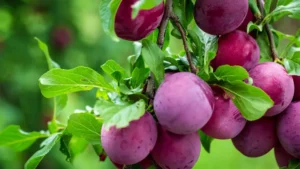
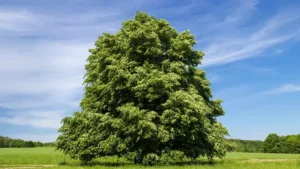



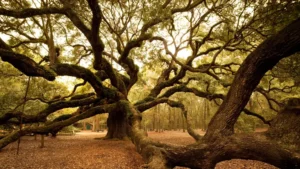
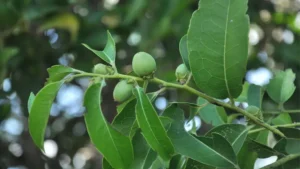
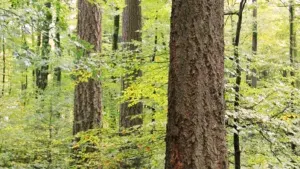
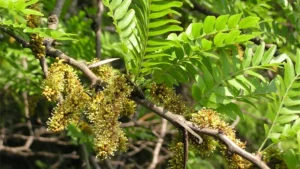
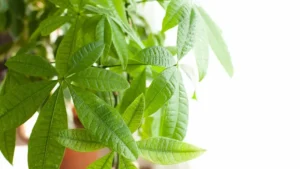


Leave your comment